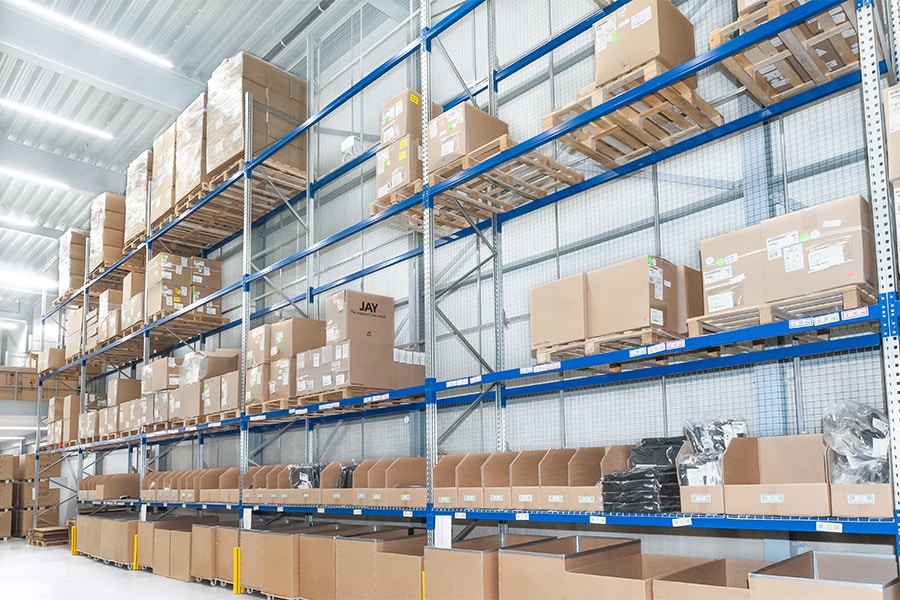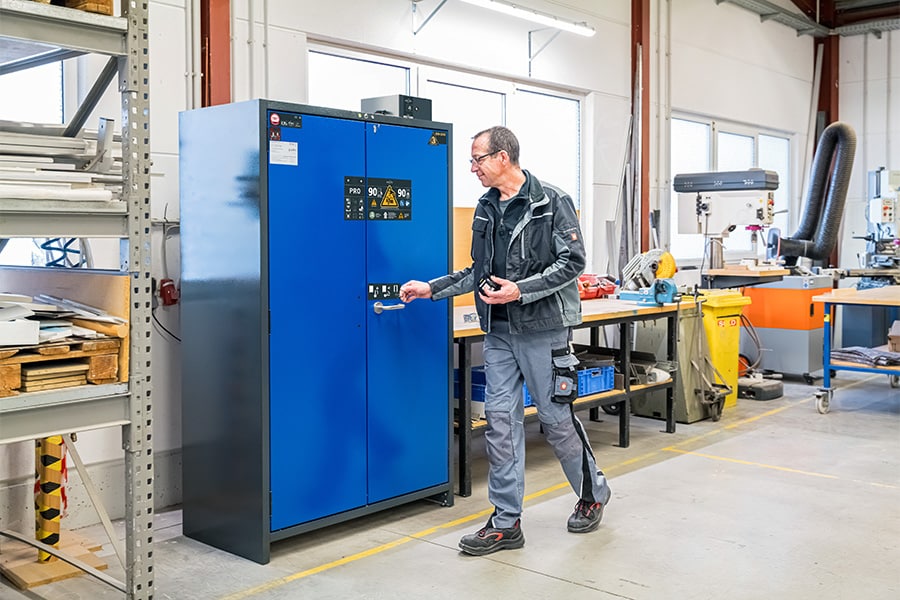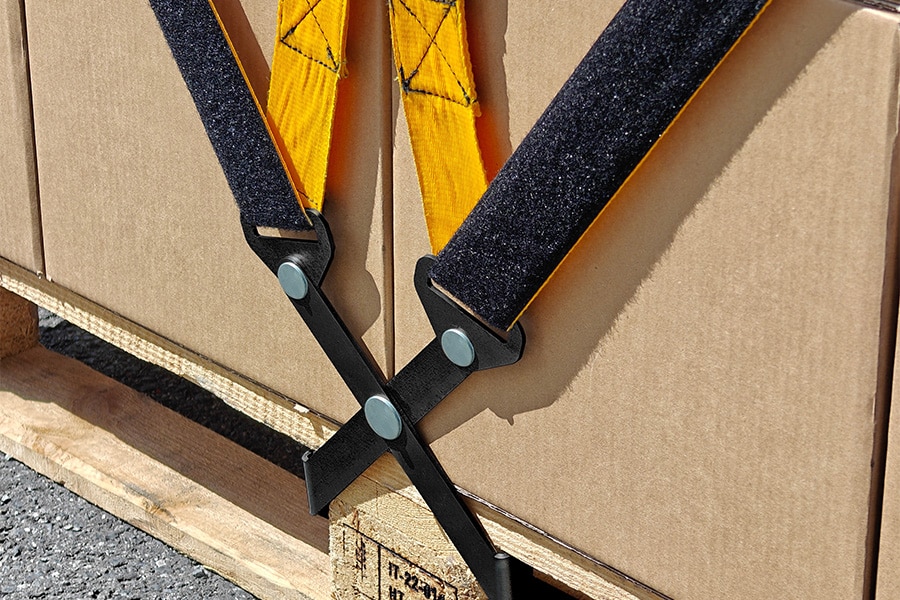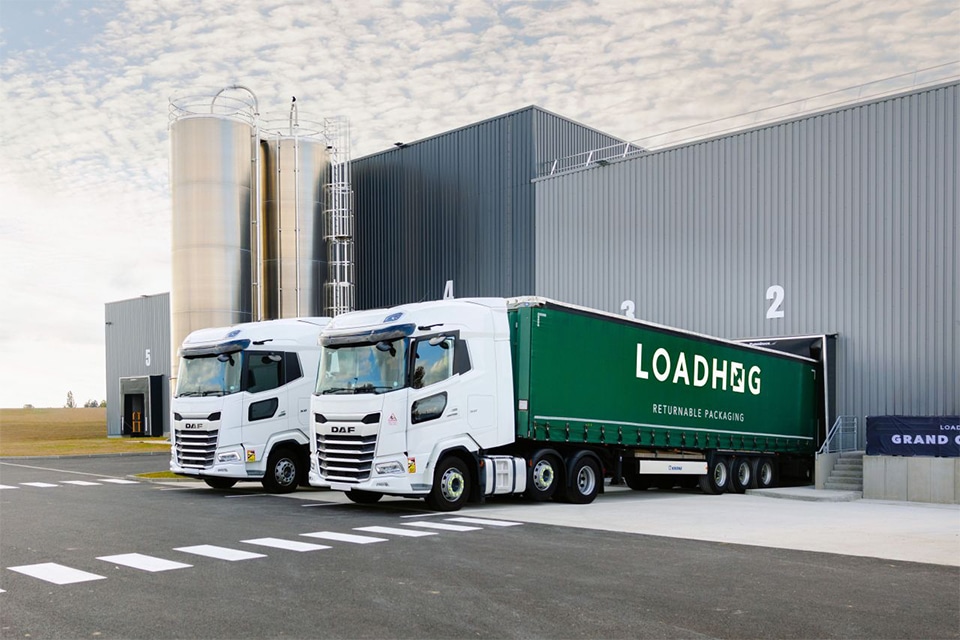
How to make the right choices in warehouse automation? The vision of PICS Belgium
The trend toward automation and digitization in warehouses has begun. New technologies follow one another in rapid succession. What will the next few years bring? What concepts, technologies and systems are available for the warehouse of the future? Which technologies are worth investing in? PICS Belgium directors Simon Popelier (Logflow) and Jan De Kimpe (Logisol Pro) give five important tips on how companies can make the right choices during such an automation journey.
Things have been moving fast in the world of warehouse automation in recent years. New solutions, technology providers and integrators are popping up like mushrooms. Think of automated storage systems, mobile conveying systems, picking robots, automated packaging and palletizing solutions, sortation systems, operator guidance technologies and IT control systems. How do you decide on the right type of warehouse automation? After all, you don't just choose a fancy robot technology from a catalog.
1. Create a future-proof concept
If you want to implement physical automation in your warehouse, you must first create a long-term vision. Analyze in detail the processes you have today and consider what they will look like in the future. The beginning of an automation project is a great opportunity to thoroughly review these processes. Get a clear picture on possible changes in the supply chain, product portfolio and customer-related requirements. Knowledge of growth rates, seasonal effects and spikes in distribution patterns is also crucial. After all, these factors have a significant impact on the warehouse concept and investment. It is essential to get an overall picture of the warehouse concept before selecting solutions. If not, chances are that a solution will be suboptimal.
2. Consider hybrid concepts
The creation of a total warehouse concept is often a combination of multiple technologies and systems. Not every flow or product is suitable for complete automation. Consider "ugly" items that are large, heavy or erratic in shape. You will have to handle those in a manual system anyway. So hybrid systems require "zone picking" and possibly consolidation. Another trend is the use of automation within conventional warehouses. Here, Automated Guided Vehicles (AGVs) operate in parallel alongside warehouse workers working manually. With such integration, it is important to pay adequate attention to safety. Positioning technology can help so that human operators are always given priority over AGVs in case of conflicts.
3. Find the balance between flexibility and efficiency
When you think of warehouse automation, automatic crane systems may be the first thing that comes to mind. Compared to manual solutions, this form of crane automation has been a powerhouse in terms of efficiency and space utilization for years.
In recent years, several logistics automation vendors have focused on solutions for the growing e-commerce sector. These new automation solutions combine a swarm of several smaller robots at the expense of large cranes.
The result? A solution that is much more scalable: you can easily add or remove additional robots. This allows the warehouse to respond quickly to changing market conditions and customer demands, while creating a redundant solution. With these flexible forms of automation, there will most likely be a shift toward "robotics as a service" (RAAS), where robots are rented out via leasing contracts.
4. Focus on employee care
Attracting and retaining talent in our warehouses has become an urgent concern. The work is physically demanding: an order picker walks an average of 15 kilometers a day and lifts weights at various levels of shelving. And it is also often repetitive. This requires a sustained focus on quality assurance - not exactly a recipe for ambitious career aspirations in today's diverse job market.
However, it is not just the lack of attraction that is a problem for the sector. The integration of individuals with language barriers or the need for additional mentoring adds to the complexity of recruitment and training. Demographic changes and evolving talent pools further complicate the picture.
Automation can help with this. Creating a positive work environment with better ergonomics and visual support for the operator provides better working conditions and attractive benefits. Training and development are also crucial in this battle for talent. By investing in training that teaches employees the necessary skills and allows them to grow, as an employer you foster a culture of learning and growth.
5. Sustainability as a driving force
In addition to using renewable energy sources, energy-efficient equipment and recycling programs to reduce the carbon footprint, warehousing automation especially contributes to less building area. Because land is becoming increasingly valuable in Europe, careful consideration must be given to efficient land use. The use of compact storage technology, the construction of high-rise warehouses and the development of multistory buildings are critical aspects. In addition, the reuse of existing building sites will become an important issue in the coming years.
Visit PICS Belgium at Transport & Logistics - Stand 1023B
Free seminar 'Optimizing future food supply chains'
On Sept. 18 from 12:30 p.m. to 1:30 p.m., PICS Belgium is organizing the seminar 'Optimizing future food supply chains: managing quality and cost using' at its booth at Transport & Logistics.
current technologies'.
Speakers are Jan De Kimpe, Stefan Rusu (Deloitte) and Guido De Block (Ab4B bv). They will share inspiring insights on the future of supply chains in the food sector, the use of IoT-based technology in this industry and a real-life case study of a cooler with an IoT track & trace application.
Everyone is welcome to attend this seminar. Or pass by the booth at another time for more info on training and membership in PICS Belgium.




